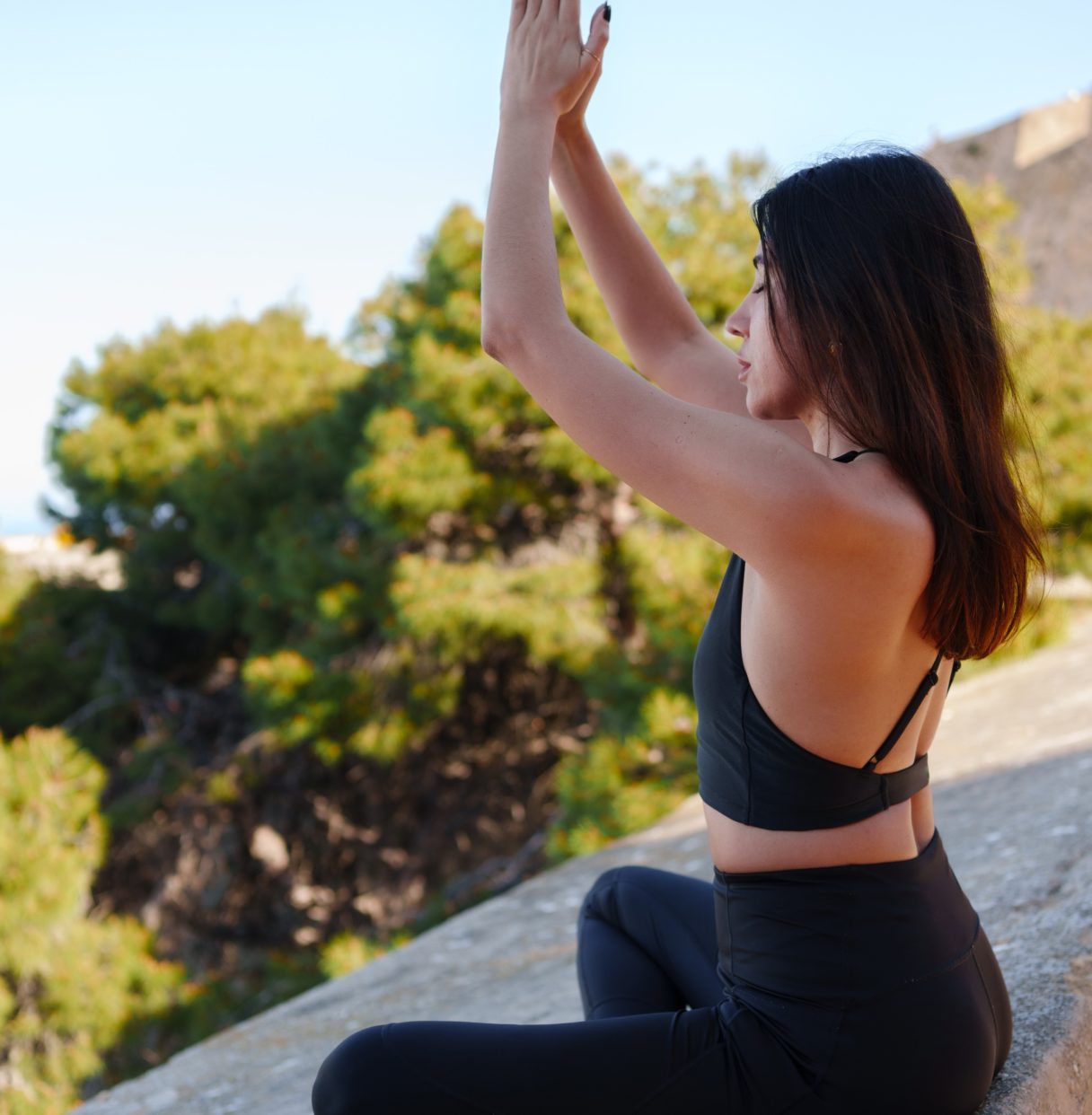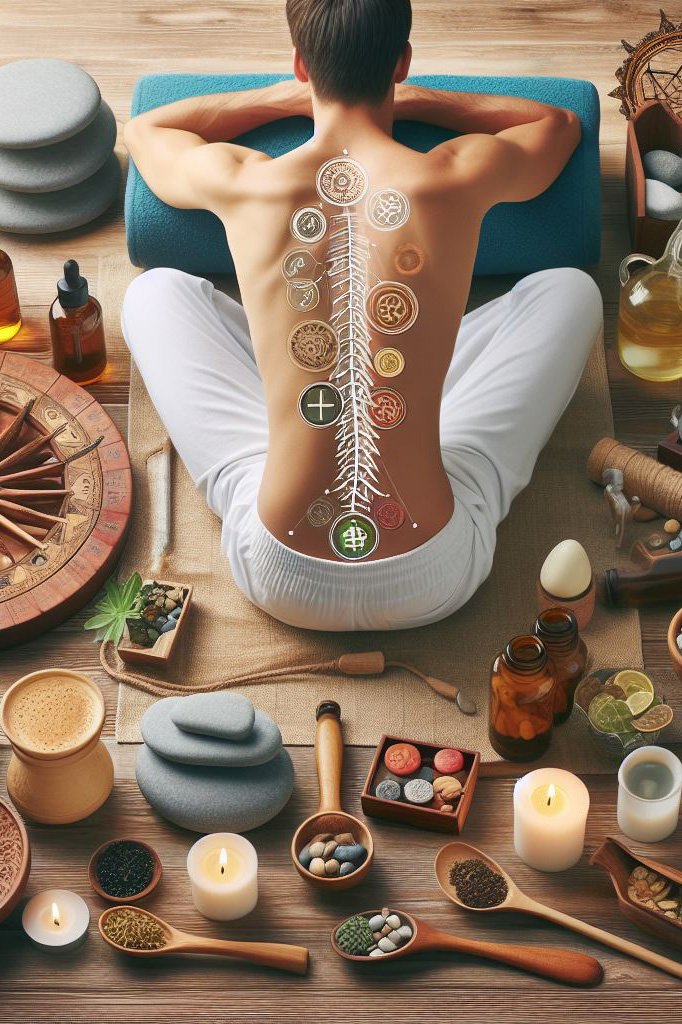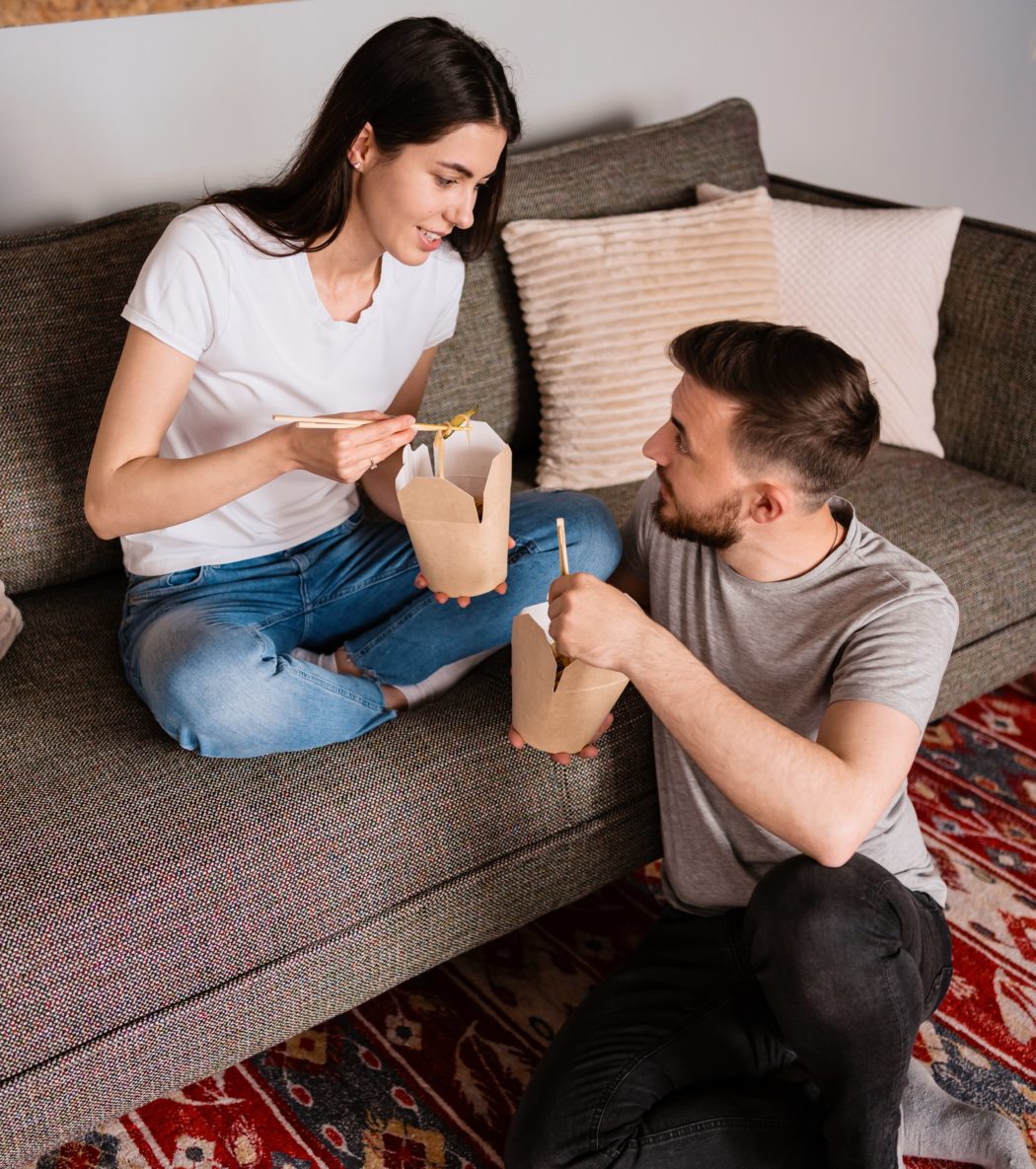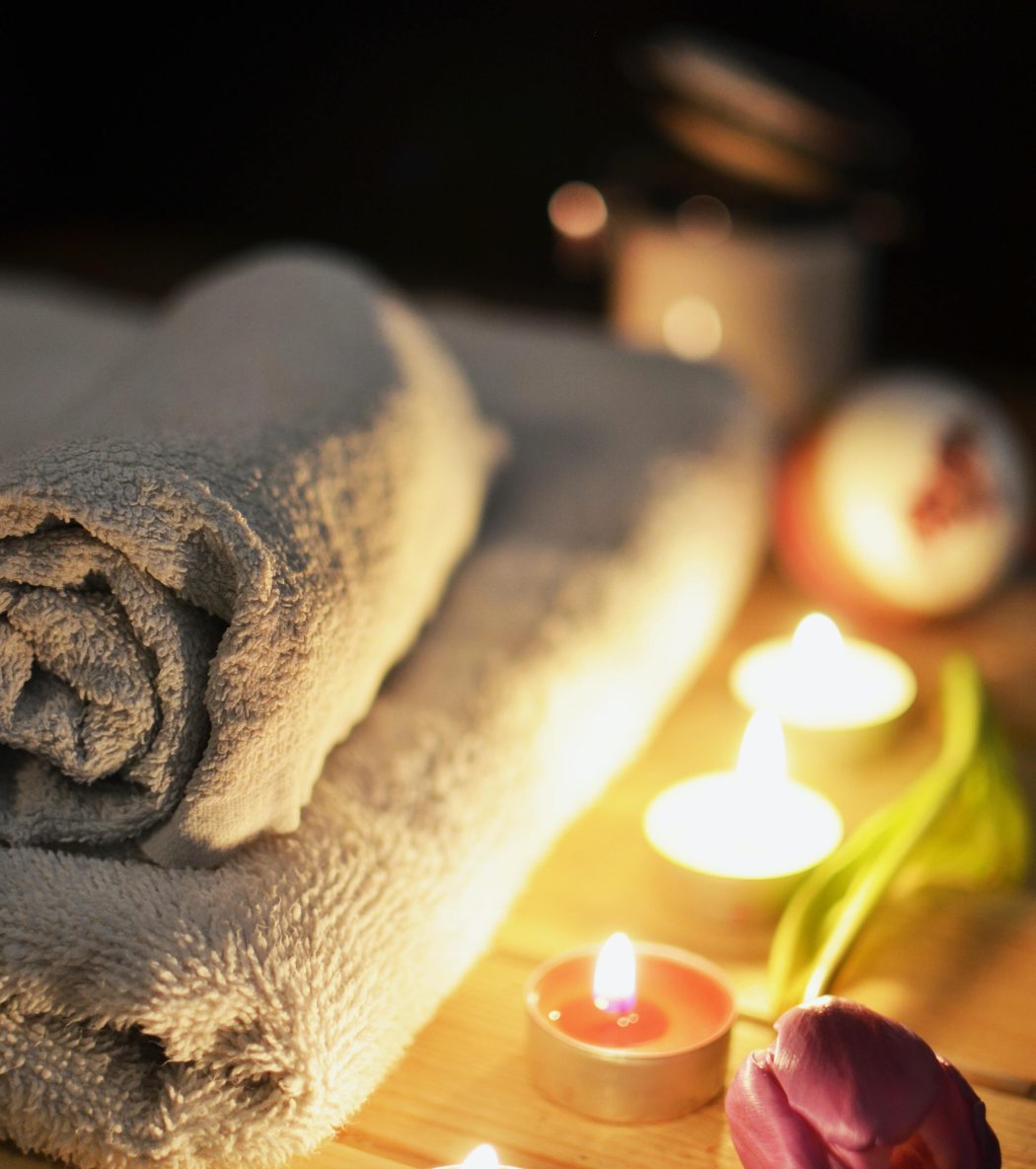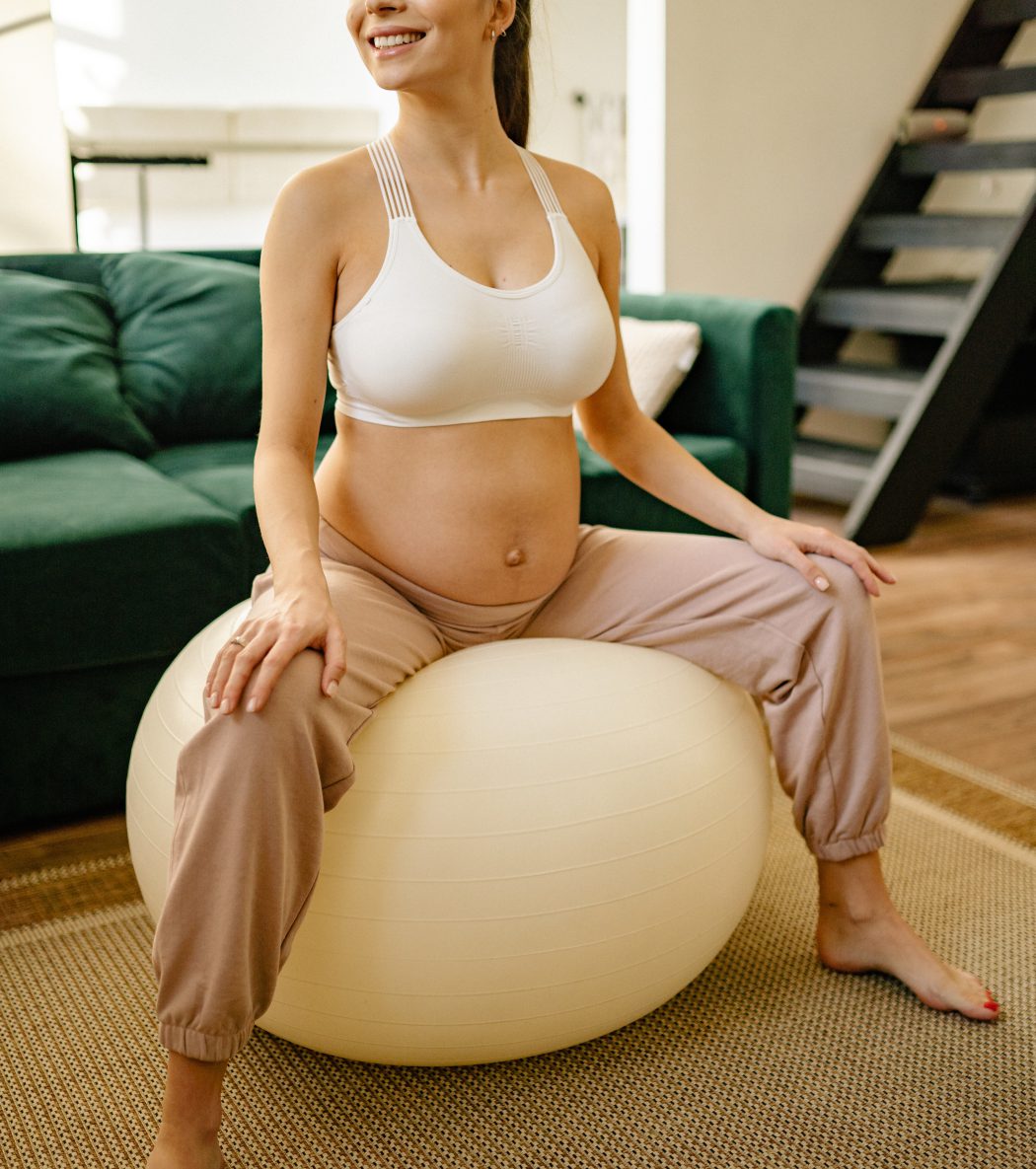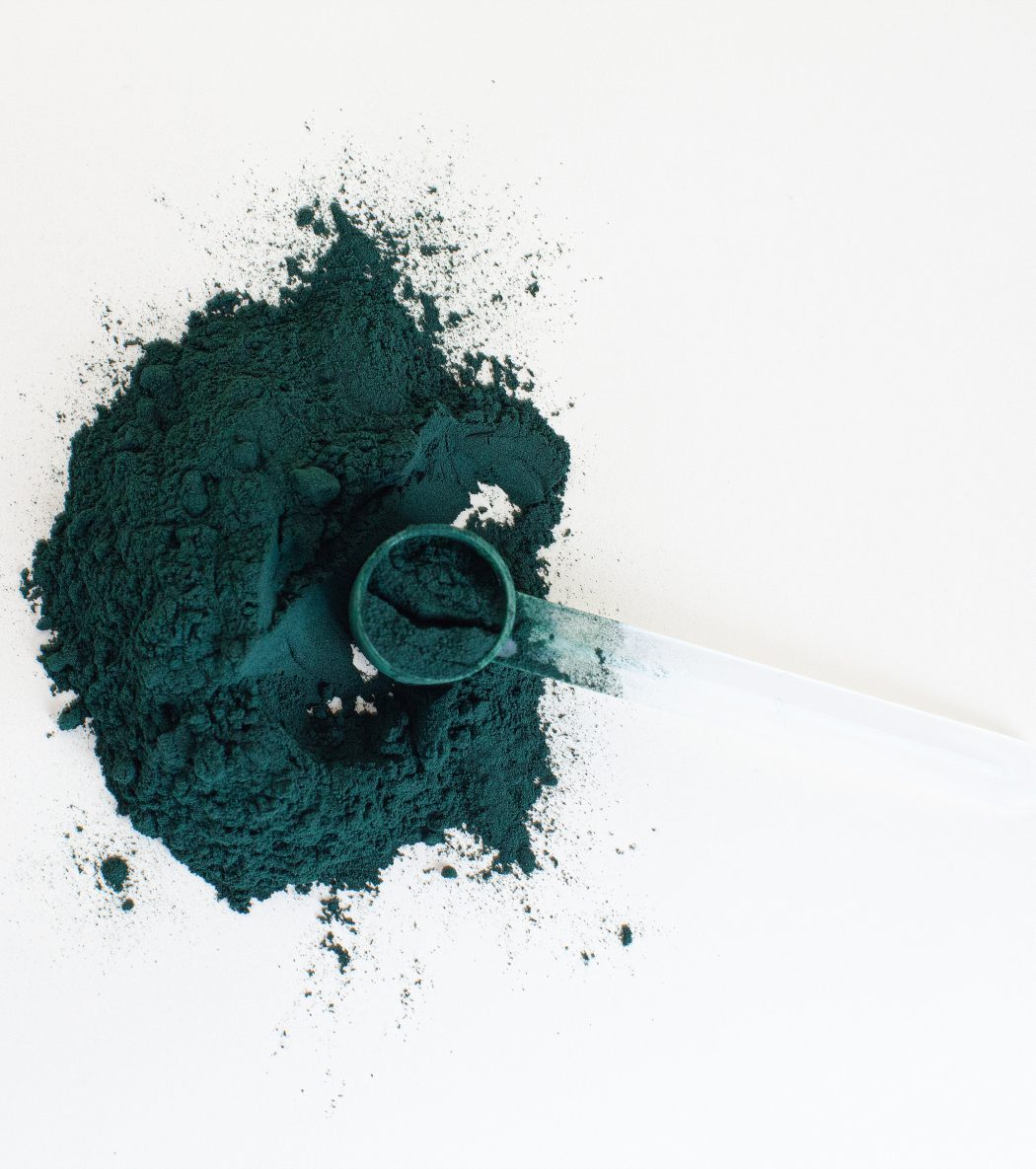In our modern and fast-paced society, it is essential to find moments to relax and relieve accumulated stress. Relaxation is a practice that calms the body and mind, promoting a better quality of life. In this article, we will explore different relaxation techniques, such as breathing, meditation, yoga, and visualization, that can help you achieve a state of serenity and well-being.
Breathing
Breathing is a powerful tool to induce relaxation and restore inner balance. By focusing on each inhalation and exhalation, one can access a state of deep calmness. Abdominal breathing, also known as diaphragmatic breathing, is particularly effective in relaxing the body and mind.
To practice abdominal breathing, find a quiet place where you can sit or lie down comfortably. Place one hand on your abdomen, just below your navel, and the other hand on your chest. Close your eyes and begin to become aware of your breath.
Take a deep breath in through your nose, allowing your abdomen to fill with air. Feel your hand on your belly gently rise. Then slowly exhale through your mouth, feeling your abdomen deflate. Repeat this cycle of abdominal breathing for a few minutes, focusing on the sensation of calmness and relaxation that accompanies it.
Abdominal breathing can be used at any time during the day to relax, whether it’s at work, at home, or even in stressful situations. When you feel overwhelmed by stress or anxiety, simply take a few moments to focus on your breath. You will quickly notice a decrease in tension and a sense of calmness that envelops your being.
Meditation
Meditation is a profoundly beneficial practice for our mental, emotional, and physical well-being. It allows us to free ourselves from incessant thoughts and fully immerse in the present moment. Mindfulness meditation, in particular, has become increasingly popular due to its numerous benefits for relaxation and stress management.
To begin mindfulness meditation, find a quiet place where you can sit comfortably, cross-legged or on a chair, with a straight but relaxed back. Close your eyes and bring your attention to your breath. Observe the natural flow of air entering and leaving your body without judgment or criticism.
When thoughts arise, such as worries or distractions, do not attach to them. Simply let them pass like clouds in the sky and redirect your attention to your breath. You can also direct your attention to the sensations in your body, focusing on different parts of the body from head to toe.
Mindfulness meditation is a practice that develops over time. Start with short sessions of a few minutes each day and gradually increase the duration as you feel more comfortable. The goal is not to achieve a state of absolute mental emptiness but rather to observe our thoughts and emotions without reacting to them, cultivating a compassionate attitude toward ourselves.
Yoga
Yoga is much more than just a physical practice. It is an art of living that encompasses the body, mind, and soul. By combining physical postures, conscious breathing, and meditation, yoga offers a holistic approach to achieve relaxation and inner balance.
The different yoga poses, called asanas, are designed to strengthen and stretch the body while promoting relaxation and ease. Each posture is associated with specific breathing, creating a synergy between movement and breath, leading to a state of calmness and presence.
Regular yoga practice helps release accumulated bodily tensions, especially in areas like the neck, shoulders, and back, which are often most affected by stress. Yoga stretches and inverted positions also promote blood and lymphatic circulation, bringing a sense of lightness and vitality to the whole body.
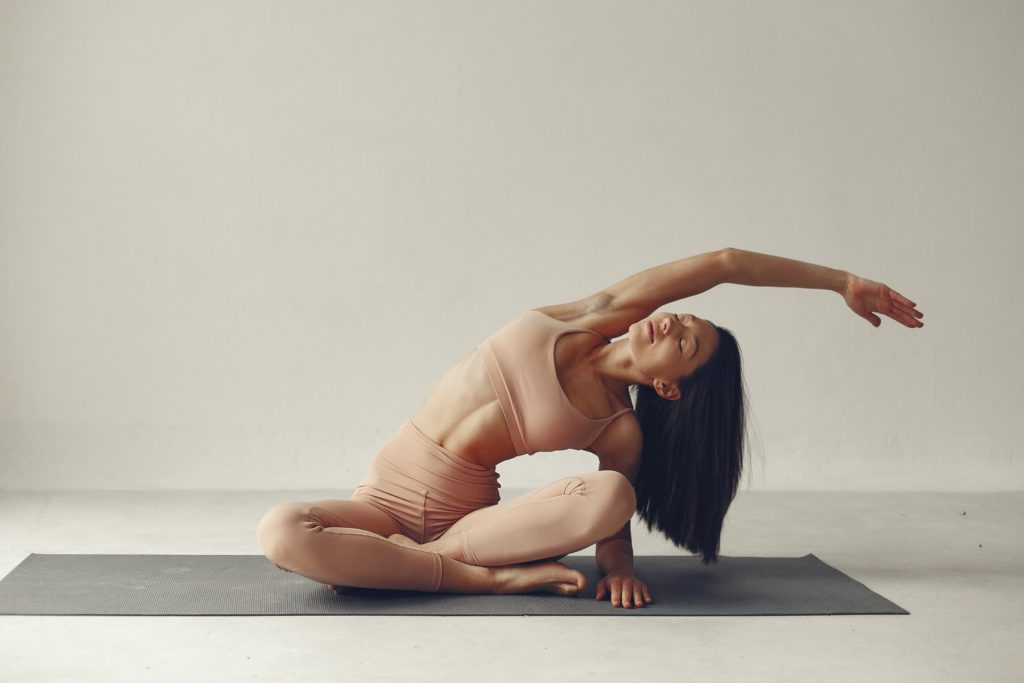
Visualization
Visualization is a powerful relaxation technique that uses the power of imagination to create soothing and positive mental images. By focusing on relaxing scenes or pleasant places, one can induce a state of deep relaxation and cultivate inner calmness.
To practice visualization, find a quiet place where you can sit comfortably. Close your eyes and begin to relax by taking a few deep breaths. Then, imagine yourself in a place that inspires peace and serenity. It could be a tropical beach, a lush forest, a peaceful garden, or any other place that evokes a sense of well-being for you.
Engage all your senses to make the mental image more vivid. Visualize the colors, shapes, and details of the environment. Feel the warmth of the sun on your skin, listen to the soothing sounds of the surrounding nature, smell the pleasant aromas around you. Allow yourself to fully immerse in this mental scene, surrendering to the relaxation and tranquility it brings.
Progressive Muscle Relaxation
Progressive muscle relaxation is an effective method to release accumulated physical and mental tensions in the body. This technique involves progressively contracting and then releasing each muscle group, promoting a state of deep relaxation.
To practice progressive muscle relaxation, find a quiet place where you can lie down comfortably. Close your eyes and take a few moments to relax by breathing deeply.
Start by focusing on your feet. Contract the muscles of your feet by squeezing them as tight as possible for a few seconds, then release them completely. Become aware of the sensation of relaxation spreading through your feet as you release them.
Then, shift your attention to your calves. Contract and then release the muscles of your calves. Feel the tension dissipate and allow your calves to relax completely.
Continue this way, gradually moving up through your whole body. Contract and release the muscles of your thighs, buttocks, abdomen, back, shoulders, arms, hands, face, and head. Take the time to focus on each muscle group, allowing the tension to dissolve with each release.
Heart Coherence
Heart coherence is a simple and effective relaxation technique that aims to regulate heart rate by controlling breathing. By practicing rhythmic and regular breathing, it promotes a state of calmness and relaxation while harmonizing the functions of the nervous system.
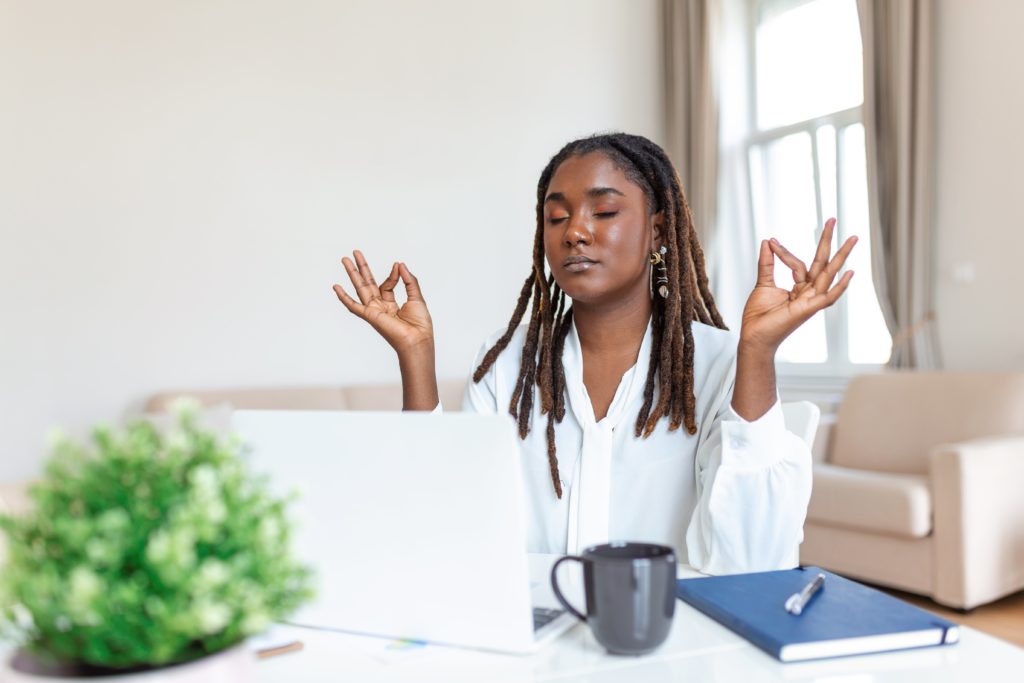
The heart coherence technique is based on the fact that our heart rate is influenced by our breath. When we breathe calmly and steadily, our heart naturally adjusts and synchronizes with our breath, inducing a state of relaxation and physiological coherence.
To practice heart coherence, begin by sitting in a comfortable position. Close your eyes and focus on your breath. Take a few deep breaths to relax.
Then, start breathing following a precise rhythm: inhale deeply for 5 seconds, and then exhale slowly for 5 seconds. Maintain this breathing rhythm for several minutes, ensuring it is regular and constant.
While breathing in this manner, bring your attention to your heart. Visualize it beating in a regular and peaceful rhythm. You can also place your hand on your chest to feel the beats of your heart.
By exploring different relaxation techniques, you can find the one that suits you best to relax and relieve stress. Whether it’s breathing, meditation, yoga, visualization, or progressive muscle relaxation, each method offers unique benefits to calm the mind and relax the body. Experiment with and regularly practice these techniques to cultivate serenity in your daily life. Remember that relaxation is an essential key to a better quality of life and overall well-being.
